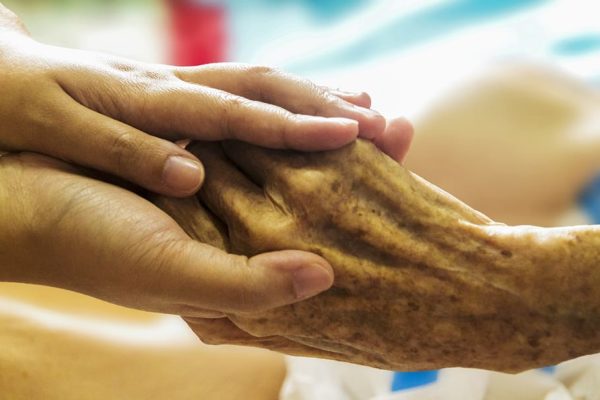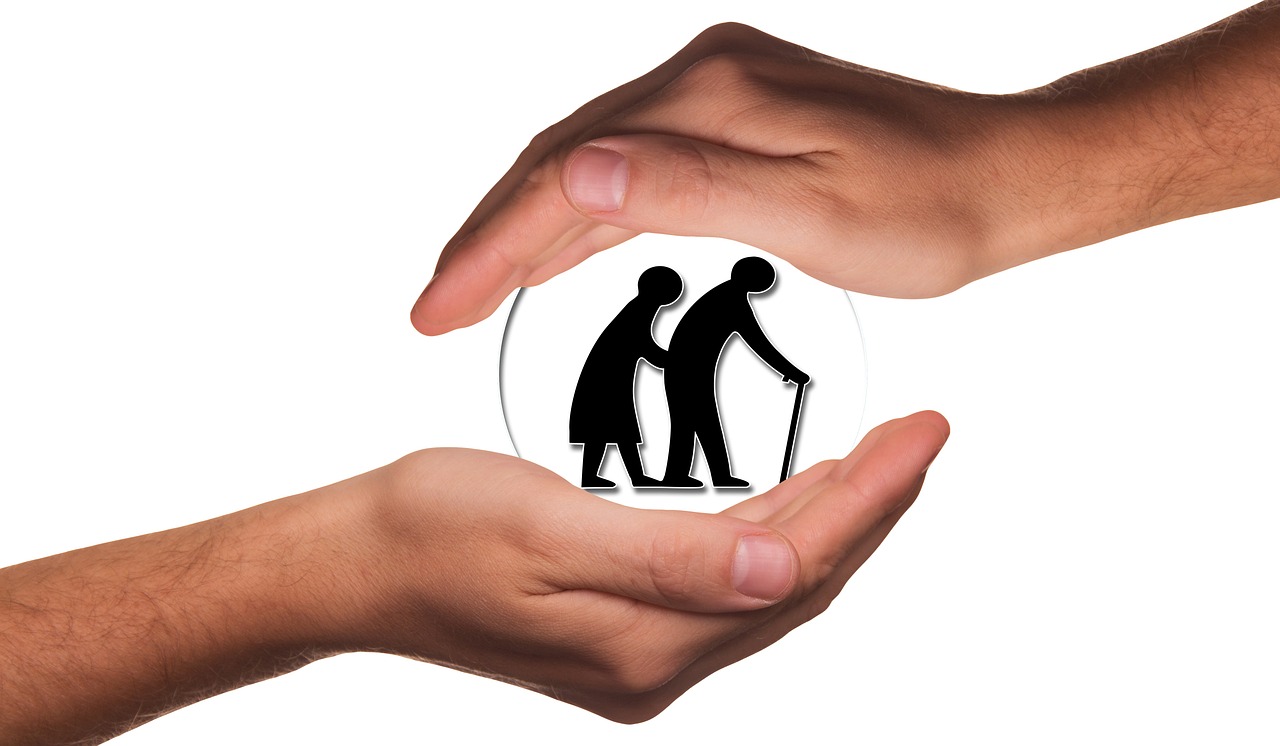Despite its benefits, many people are entirely unaware of palliative care. More than 70 percent of U.S. adults who took part in the Health Information National Trends Survey (HINTS) in 2018 reported no knowledge of such care. Of those who claimed some knowledge, 38 percent mistakenly equated it to hospice care and 44.4 percent said the term made them “automatically think of death,” according to a 2020 study published in the Journal of General Internal Medicine.
It’s easy to understand these misconceptions. Both hospice care and palliative care involve interdisciplinary teams of doctors, social workers, and spiritual counselors that aim to reduce pain, respect personal values, and provide individualized care as a patient faces a life-threatening illness. Both go beyond curative measures to treat a person holistically, taking into account things like mental health and their family’s needs. Hospice and palliative teams alike can administer care in a variety of settings, such as a hospital, retirement facility, or a patient’s home.
However, major differences exist between the two practices as well. Hospice care is reserved for terminally ill people expected to live for six or fewer months. Palliative care, on the other hand, strives to offer physical and mental relief to those with serious or life-threatening conditions; it can be sought at any stage of a disease, including curative treatment, follow-up care, and end-of-life treatment. Additional differences, including associated costs and recent research, are outlined below.
Hospice Care: Benefits, Eligibility, and Cost
Eligibility for hospice care typically requires two doctors to certify a person is terminally ill. In most cases, a primary care physician and a hospice doctor make this prognosis. Further qualifications depend on whether a patient uses Medicaid, Medicare, or a private insurer, and can also vary by state. Hospice care is available at little to no cost for the individual.
Hospice patients no longer undergo curative treatments for their illnesses. Instead, medical professionals concentrate on managing symptoms, including pain and fatigue, as well as honoring a patient’s wishes for end-of-life care. For many families, hospice care alleviates caregiver burnout and offers their loved ones comfort in their final months.
Ottamissiah “Missy” Moore, a nurse for more than 33 years, expounded on the benefits of this type of care in a piece for The Dallas Weekly. When her 17-year-old son, Demitrice, was dying of cancer and the family opted for hospice, and this support enabled her to focus on her son in his final days.
Palliative Care: Benefits, Eligibility, and Cost
Palliative care can similarly support people with illnesses that are chronic or severe, but not necessarily terminal. As mentioned earlier, patients interested in continuing treatments to cure a disease can do so while receiving palliative care. Unlike a hospice team, the people who administer palliative care work alongside a patient’s existing medical team — usually in hospitals. There is no life expectancy limit to receiving this care, which can be started at any age and any time during a person’s medical journey. However, insurance rarely covers palliative services in full.
A patient that chooses palliative care may live longer and experience an improved quality of life, according to recent studies. A 2018 meta-analysis by Tulane University researchers that reviewed 2,307 patient records from nine different studies found cancer patients who received outpatient specialty palliative care were 14 percent more likely to survive for one year after treatment compared to those who did not receive palliative care.
Michael Hoerger, one of the study’s authors and an assistant professor at Tulane University, told CURE magazine he hopes the results will encourage more use of palliative care. Further, he believes it represents “a tremendous opportunity for patients and families to know what palliative care is and speak up and ask for it.”
Implications for Hospice and Palliative Care Misconceptions
Hoerger highlights a major concern: uninformed patients and doctors may lead to the underutilization of palliative care programs. The World Health Organization estimates only 14 percent of people who need palliative care receive it. As for hospice in America, few qualifying patients take full advantage of its services. The National Hospice and Palliative Care Organization (NHPCO) reported more than half of hospice patients were enrolled for 30 or fewer days in 2018. The stigma around illness and death might play a role here, but persistent confusion about hospice and palliative care indicates patients and their families lack crucial information to help them make serious health decisions.
However, understanding both will enable patients and doctors to leverage them properly. Moreover, it will enable them to remove whatever stigma might be attached to the terms — to understand that far from being negative outcomes, these represent positive options in the care journey.






